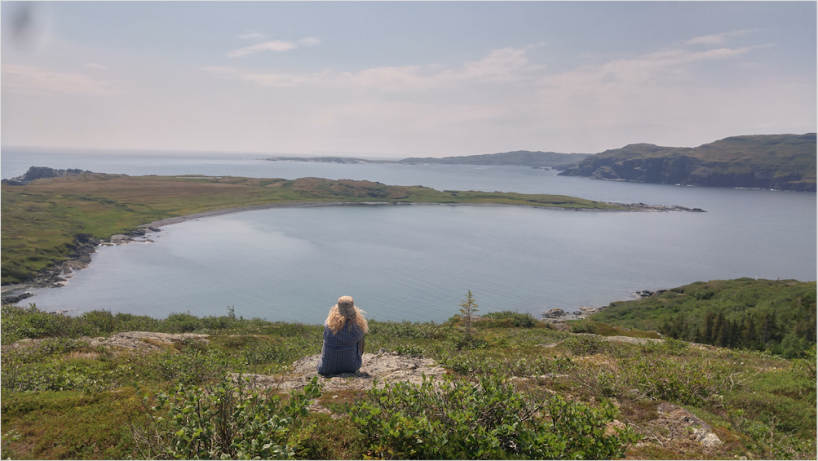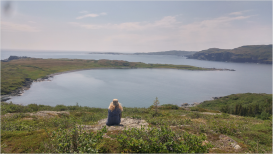Marine animals have driven European engagement with northeastern North American coastlines since the earliest years of the sixteenth century. This project queries how masses of northern cod found in the waters around the north Atlantic island of Newfoundland shaped colonial approaches to the island’s landscapes over five centuries. The transitory and extractive nature of fisheries practice meant that Newfoundland’s most barren environments—its cobblestone beaches and intertidal zones—became the shifting ground upon which colonialism was built. My project examines these changing littoral landscapes of cod-focused colonialism, exploring how transatlantic French fishing crews modified Newfoundland’s shorelines; how they constructed settlements and territories; and how they thought about these new colonial places in the written word, in maps, and in illustrations. As complex imbrications of human-fish relationships, such maritime landscapes persisted even after the cessation of French fishing activities in the early twentieth century.
This project also traces the long-term anthropogenic impact of fish-driven colonialism, seeking traces of former fishing stations in contemporary landscapes. Abandoned shorelines in Newfoundland today bear the traces of centuries of past fishing practice, seen in subtle topographic changes made as fishing crews slowly transformed nearshore areas over five centuries. Contemporary vegetation follows the ghosts of French fishing stations, feeding on soils enriched by centuries of fish oil, offal, and bone that were inadvertently incorporated into the soil. Ultimately, this project brings together historical, archaeological, and cartographic sources, and blends contemporary digital and chemical data to understand the historical context of the transatlantic French fishery, and the ways in which the landscapes of maritime colonialism have produced an enduring legacy of anthropogenic change.

Contemplating the abandoned landscapes of the French fishery that lie under the vegetated beaches in the distance. Crémaillère harbor, Newfoundland, Canada. Photo © Marc Bolli, 2018.

